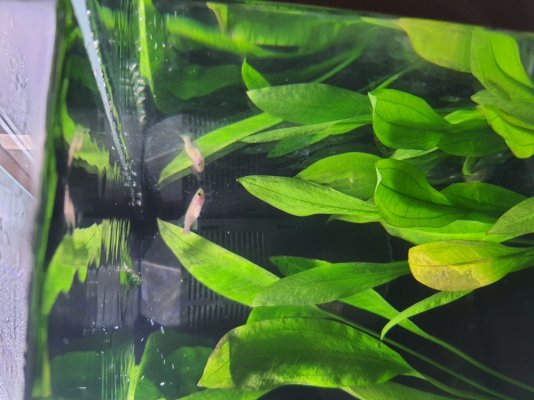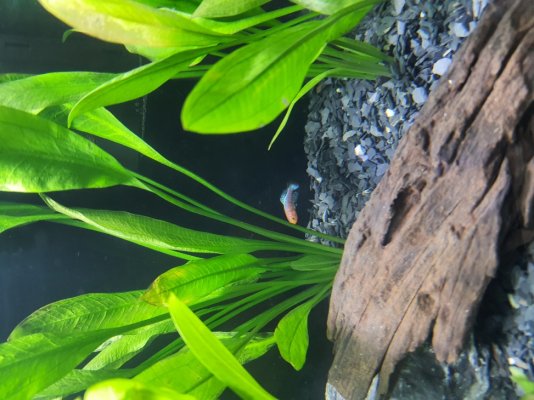I cant really tell you what to do here.
Planaria and detritus worms arent really an issue for fish. Some fish will eat them as a tasty snack. Planaria can be an issue for shrimp though. And if there is no food for them they will die out on their own given time. There are also chemical treatments.
But, who wants to look at worms? And you could get rid of the snails as well while you are at it. You will always have algae in a tank. Its just finding a balance in the lighting between your plant growth and the amount of manual cleaning you are prepared to do.
If you started over, i would strip everything down. Bleach dip everything (make sure you read up on a bleach dip), plants, decorations, substrate, anything that can harbour a worm or snails or eggs etc. Re-set everything up. Let it run 24 hours to make sure everything works ok, get fish, fish in cycle.
Planaria and detritus worms arent really an issue for fish. Some fish will eat them as a tasty snack. Planaria can be an issue for shrimp though. And if there is no food for them they will die out on their own given time. There are also chemical treatments.
But, who wants to look at worms? And you could get rid of the snails as well while you are at it. You will always have algae in a tank. Its just finding a balance in the lighting between your plant growth and the amount of manual cleaning you are prepared to do.
If you started over, i would strip everything down. Bleach dip everything (make sure you read up on a bleach dip), plants, decorations, substrate, anything that can harbour a worm or snails or eggs etc. Re-set everything up. Let it run 24 hours to make sure everything works ok, get fish, fish in cycle.



